The Grumman E-1 Tracer (WF prior to 1962) was the first purpose-built airborne early warning aircraft used by the United States Navy. It was a derivative of the Grumman C-1 Trader and entered service in 1958. It was replaced by the more modern Grumman E-2 Hawkeye by the 1970s.The E-1 was designated WF under the 1922 United States Navy aircraft designation system; the designation earned it the nickname "Willy Fudd". The Tracer was derived from the C-1 Trader, itself a derivative of the S-2 Tracker carrier-based antisubmarine aircraft, known as S2F under the old system, nicknamed "Stoof", leading to the WF/E-1, with its distinctive radome, being known as "Stoof with a Roof."[1] The E-1 featured folding wings of a very particular design for compact storage aboard aircraft carriers; unlike the S-2 and C-1 in which the wings folded upwards, the radome atop the fuselage required the E-1's designers to re-adopt an updated version of the Grumman-patented "Sto-Wing" folding wing system, pioneered on their earlier Grumman F4F-4 Wildcat piston-engined fighter[2][3] of the early-WW II period, to fold its wings aftwards along the sides of the fuselage.[4]RadarEditThe Tracer was fitted with the Hazeltine AN/APS-82 in its radome and fuselage. The radar featured an Airborne Moving Target Indicator, which compares the video of one pulse time to the next in reflected radar energy to distinguish a flying aircraft from the clutter produced by wave action at the ocean's surface. The energy reflected from an aircraft changes position rapidly compared to the energy reflected from the surrounding sea. Separating a moving object from stationary background is accomplished by suitable hardware
Specifications
General Characteristics
- Predecessor Grumman C-1 NON VR
- Created On Android
- Wingspan 69.3ft (21.1m)
- Length 46.1ft (14.0m)
- Height 19.0ft (5.8m)
- Empty Weight 19,246lbs (8,730kg)
- Loaded Weight 25,711lbs (11,662kg)
Performance
- Horse Power/Weight Ratio 0.311
- Wing Loading 48.9lbs/ft2 (238.5kg/m2)
- Wing Area 526.3ft2 (48.9m2)
- Drag Points 20821
Parts
- Number of Parts 282
- Control Surfaces 14
- Performance Cost 1,310

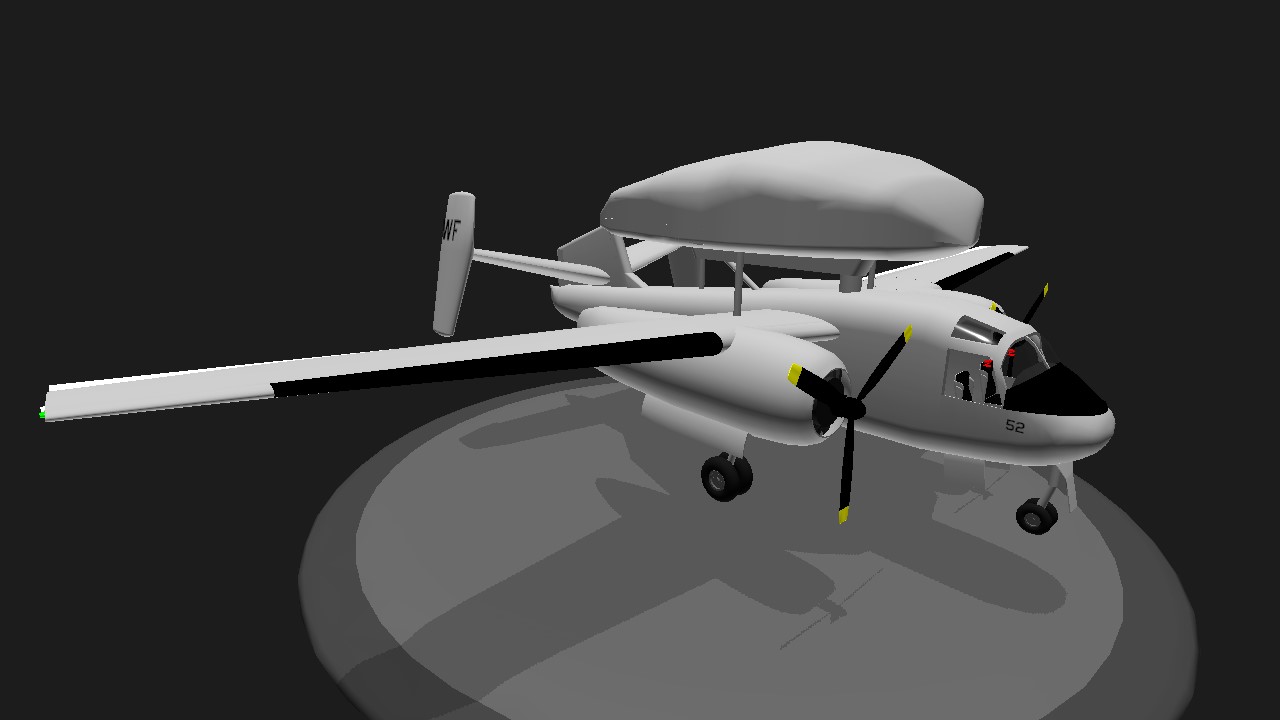
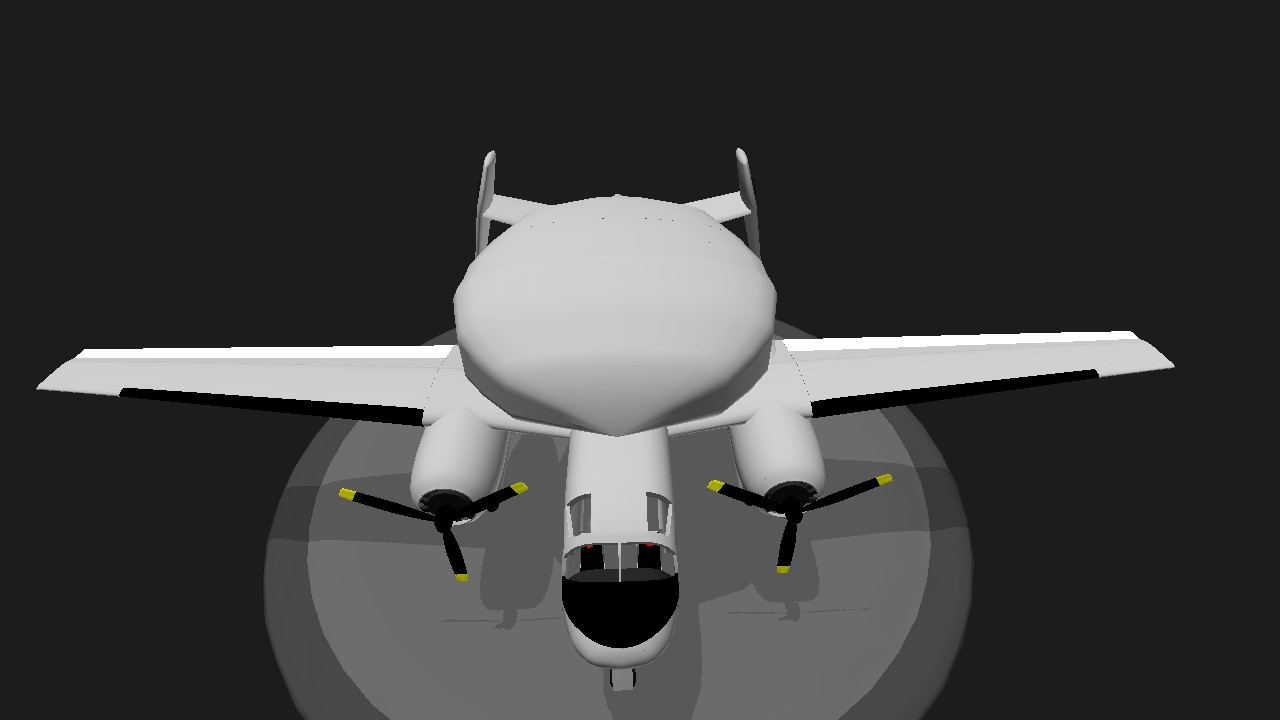
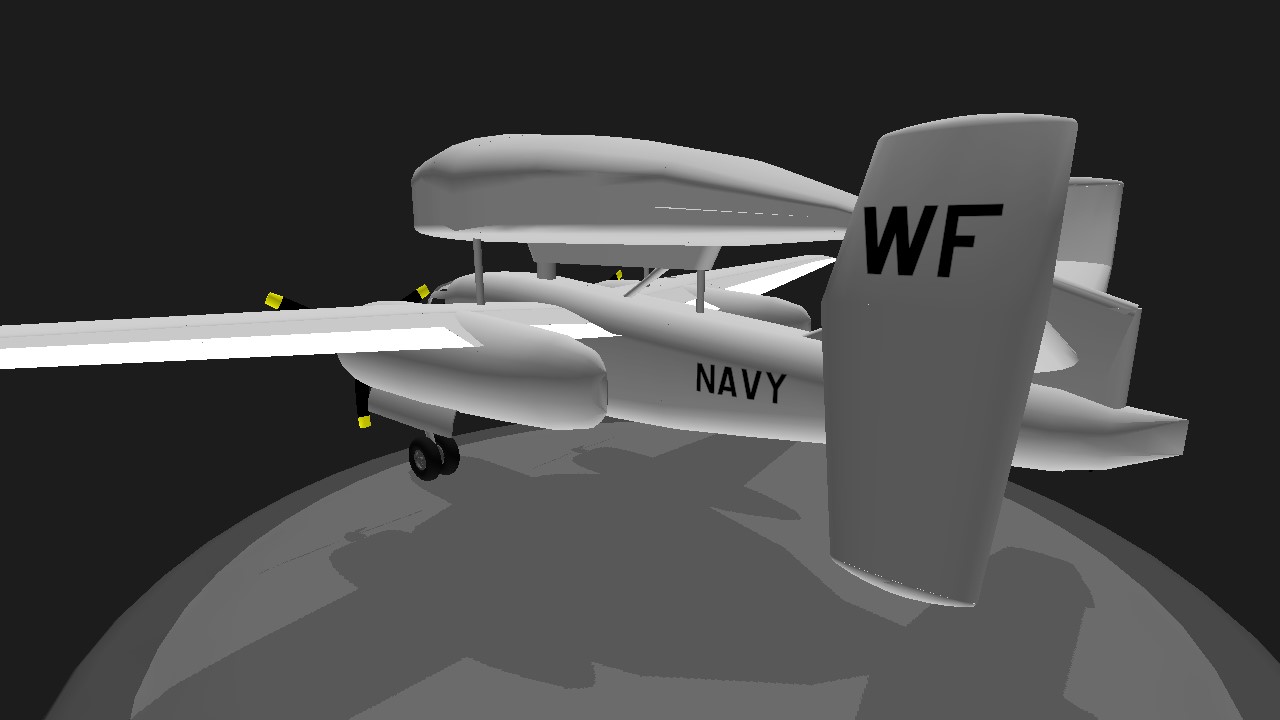
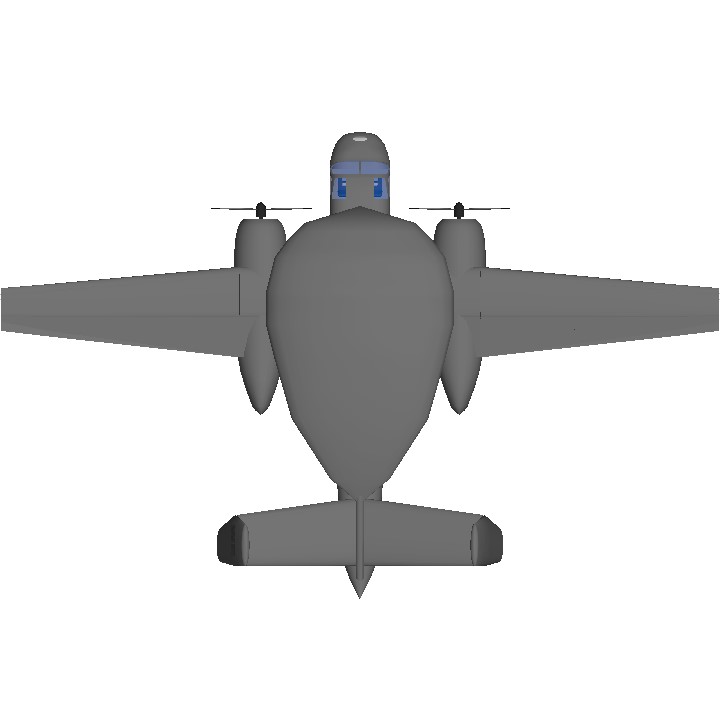
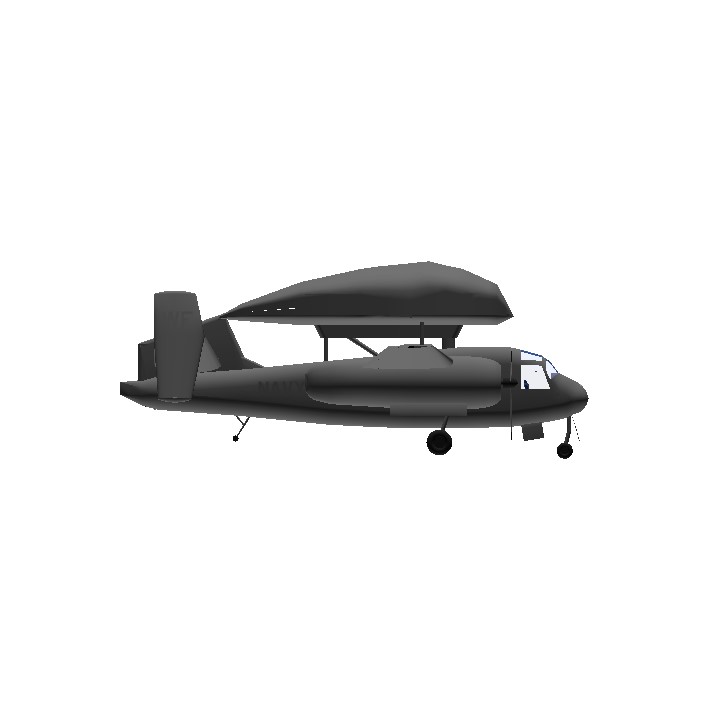
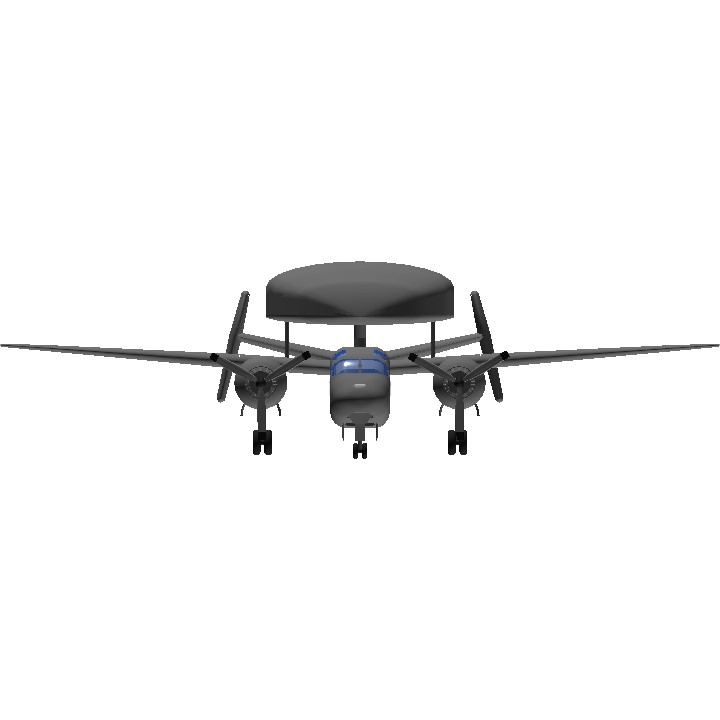
am planning to rebuild this aircraft, since its just a derivative from the original aircraft
funi plen go wheeee